If you want to run advertising successfully, it is essential to understand the different placements. Placements, or advertising spots, are the places where your ads are displayed. A deep understanding of these placements helps you reach your target audience more efficiently and maximize the impact of your campaigns. Below, you will learn everything important about the different placements on Facebook and the strategic use of Google AdWords.
Key Insights
- Placements are the places where your ads are displayed, such as the Facebook feed, Instagram stories, etc.
- You can either choose automatic placements or manually select which platforms you want to utilize.
- Facebook offers different options such as news feeds, stories, and the audience network, all of which require strategic considerations.
- The choice of the right placement can significantly influence the effectiveness of your campaigns.
Step-by-Step Guide to Selecting Placements
Step 1: Accessing the Facebook Ads Manager
To start selecting placements, open the Facebook Ads Manager. Here you can consider placement options based on your previous decisions and goals, such as traffic generation.
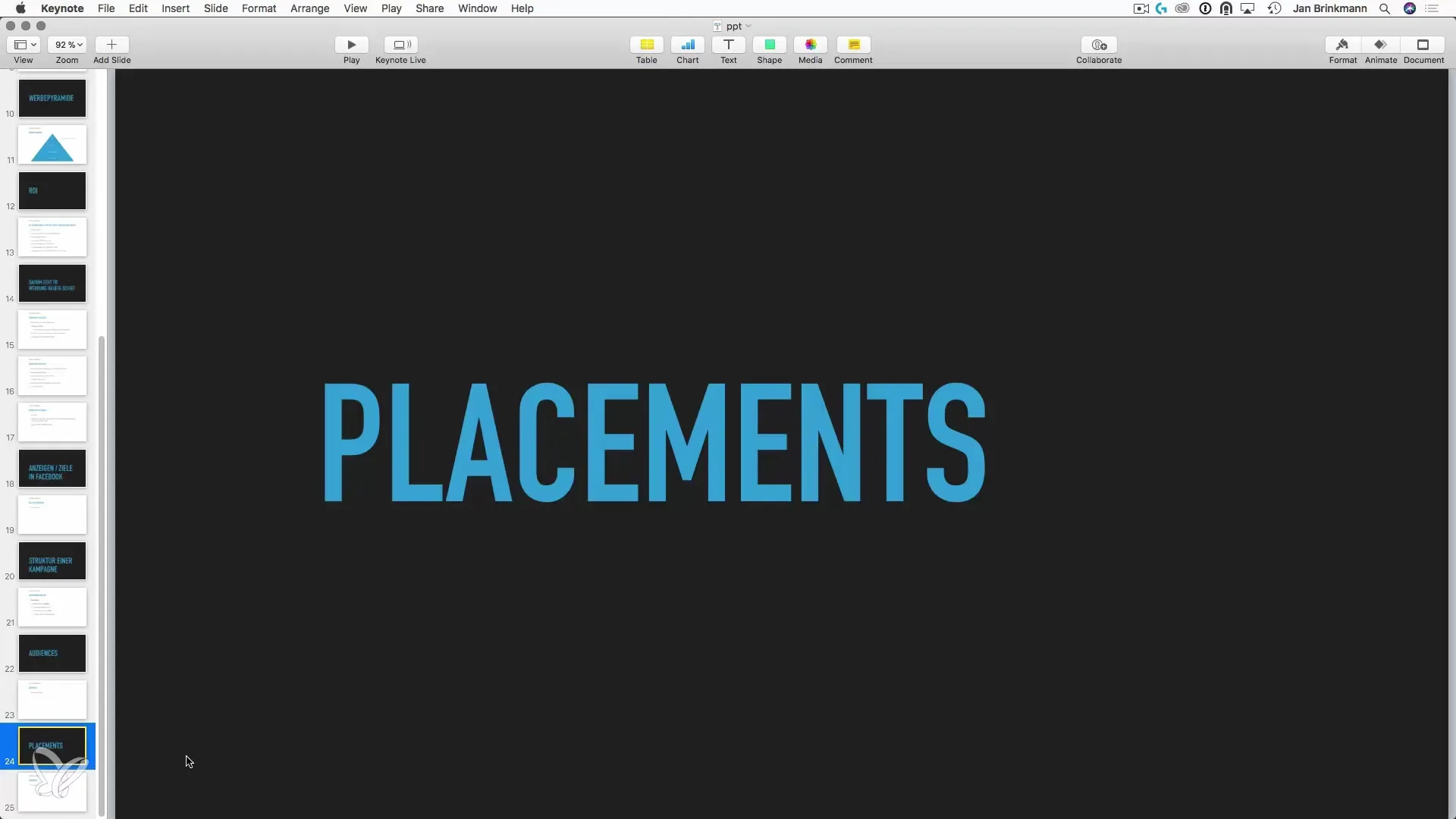
Step 2: Defining the Campaign Goal
After accessing the Ads Manager, you need to define your campaign goal. This not only gives you clarity over your strategy but also influences which placements are available to you.
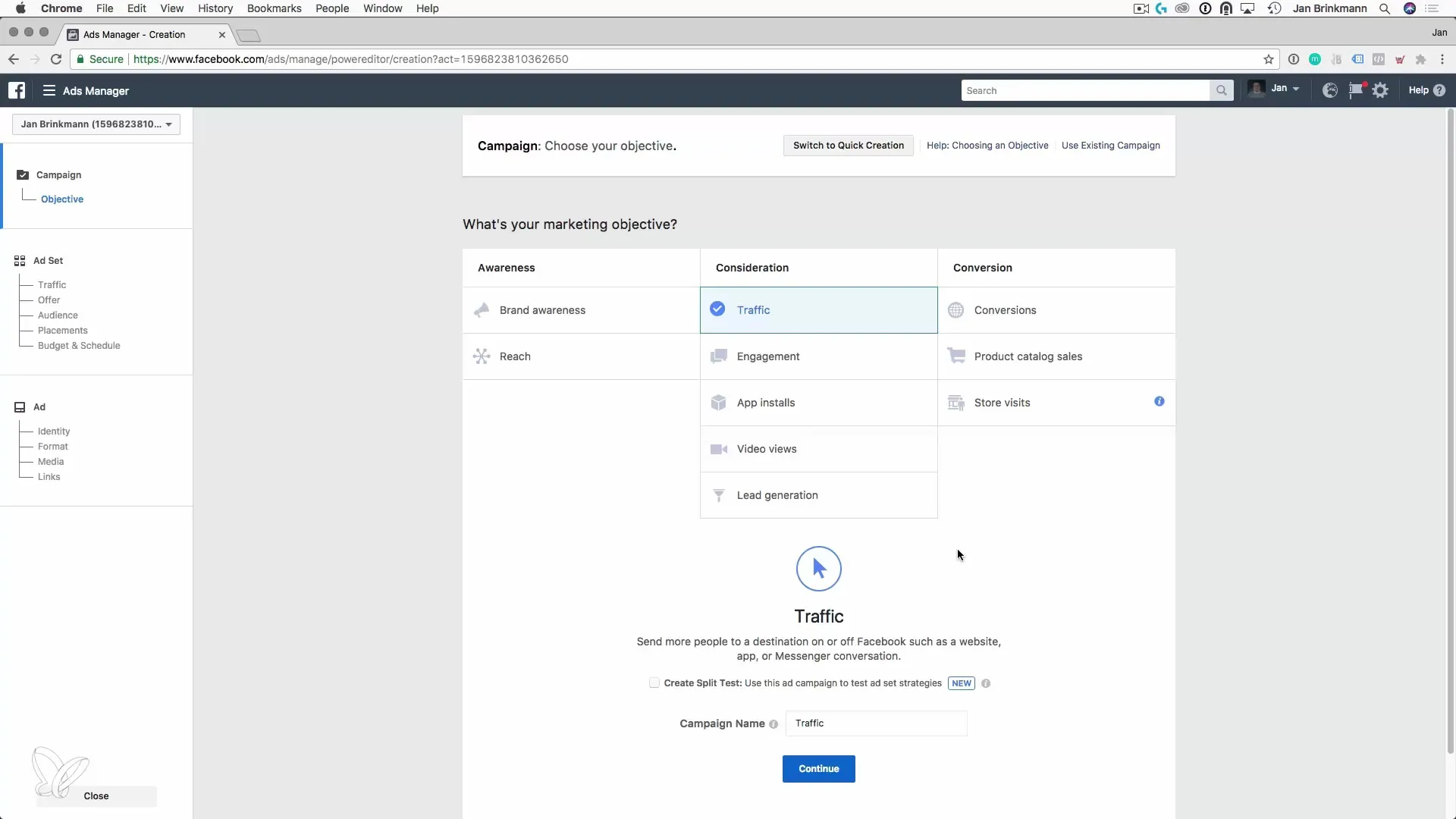
Step 3: Calling Up the Placement Settings
Once you’ve selected your goal, go to the placement settings. You have the choice between automatic placements recommended by Facebook or you can manually determine the placements.
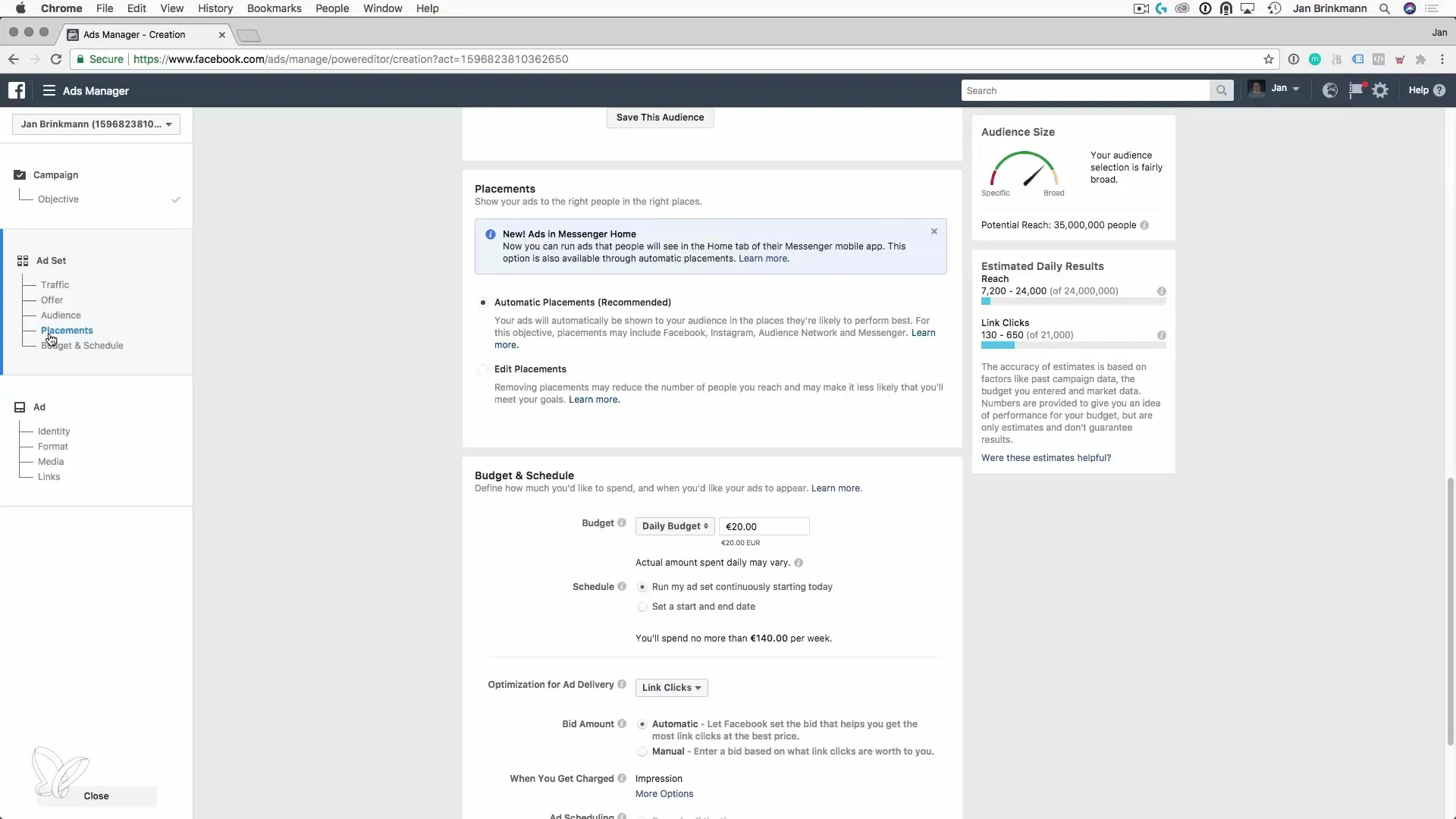
Step 4: Exploring Manual Placement Options
If you choose manual placements, you should go through the different options. Here you can select specific platforms such as desktop, mobile, Facebook, Instagram, Messenger, and the audience network.
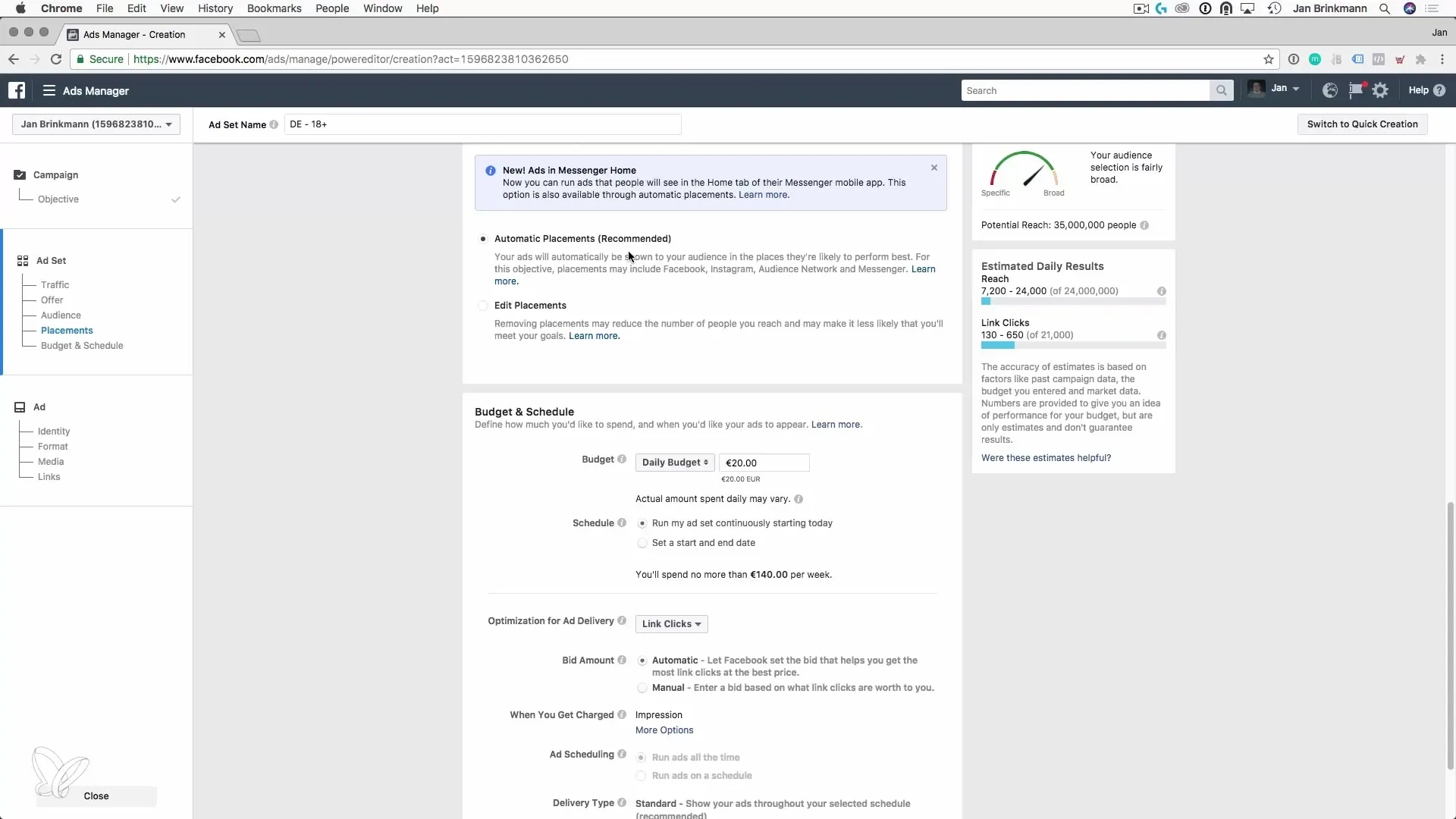
Step 5: Understanding the Different Platforms
Understand the differences between platforms:
- Facebook Feed: One of the most common placements. Your ad is displayed in users’ feeds, promising high visibility.
- Instagram: Here, you can place ads in stories or in the feed. Keep in mind that a different mindset prevails here – users are primarily looking for visual inspiration.
- Audience Network: Ads that are displayed on external websites. Often cheaper, but the success rate can vary.
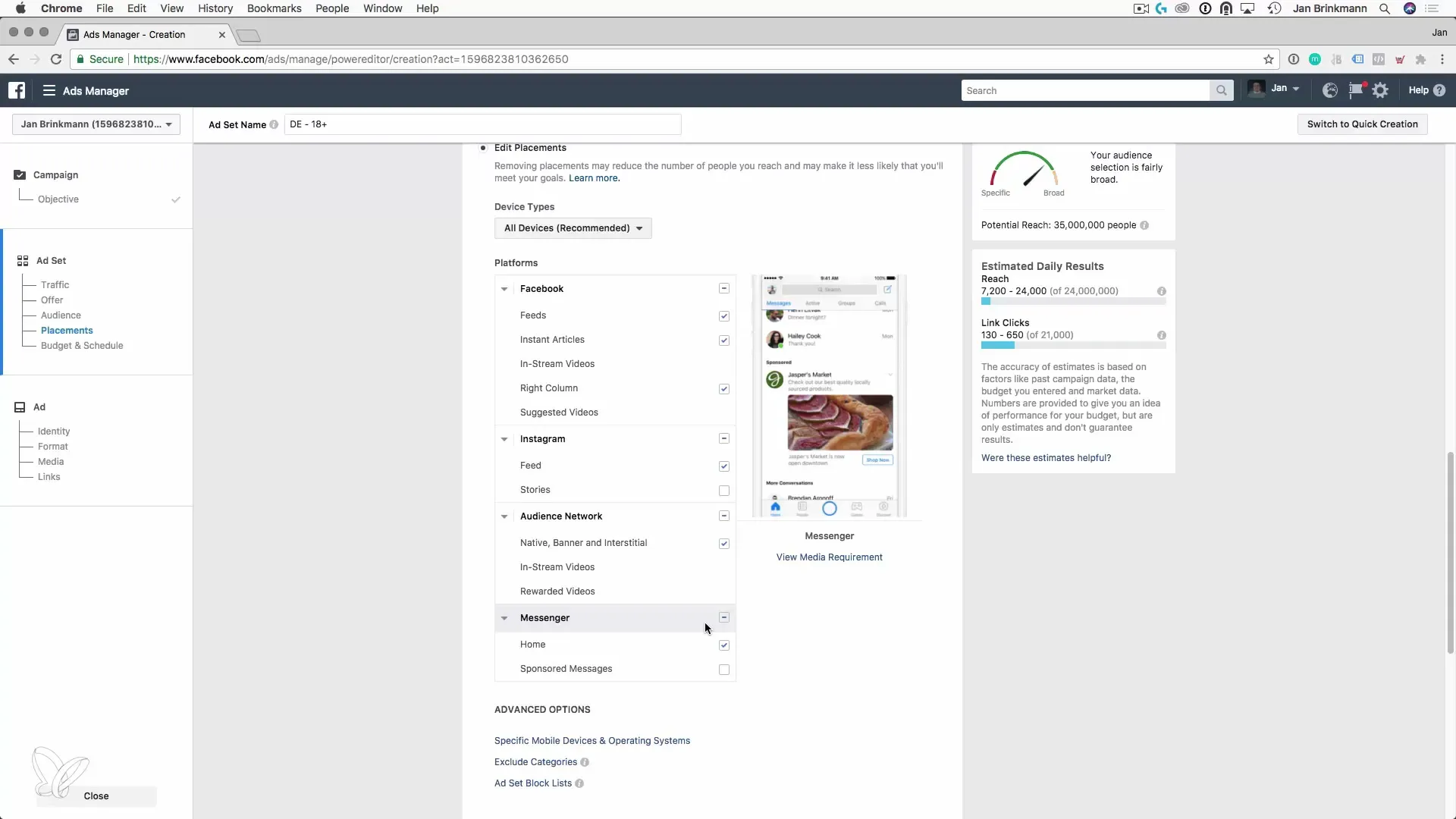
Step 6: Selecting Specific Placements
Consider which specific placements make sense for your product or service. For example, if you are advertising a car, it might make sense to invest in Instagram ads, where you can leverage visual appeal.
Step 7: Testing and Retargeting
Make sure to test different placements. For instance, you can activate ads only in the Facebook feed and see how well they perform. Remember, retargeting is an important strategy to stay top-of-mind with potential customers after the initial contact.
Step 8: Analyzing the Results
Once your campaign is running, it is crucial to regularly analyze the results of the different placements. Look at which platform performs best and adjust your strategy accordingly to further increase efficiency.
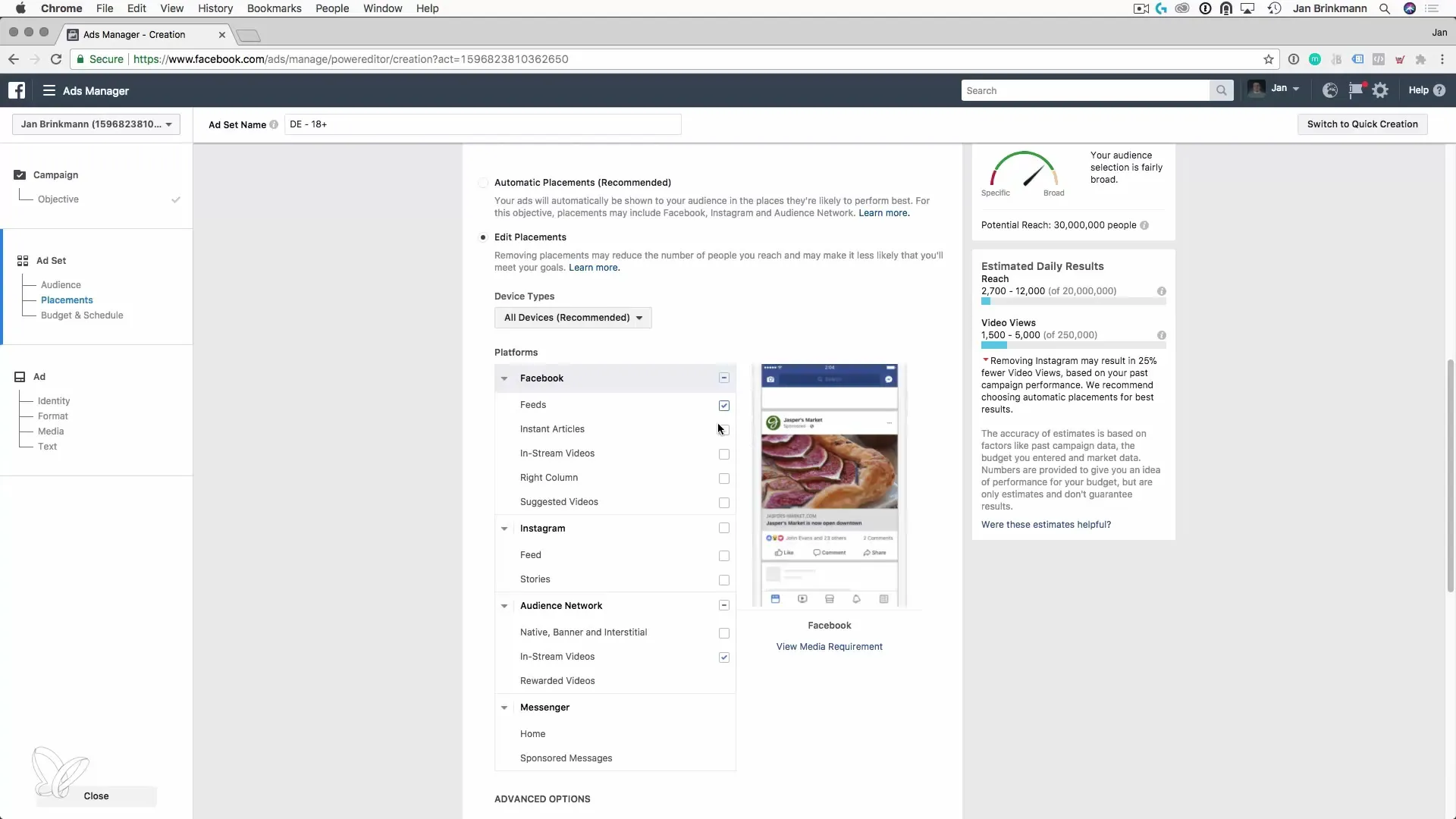
Summary – Customer Acquisition through Facebook and Google AdWords: Understanding Placements
Placements are a central element of your advertising strategy. From selecting the right platforms to analyzing the results – a structured approach helps you maximize the effectiveness of your ads. Experiment with the options and discover which placements work best for your business.
Frequently Asked Questions
How can I choose the best placements for my ads?You can find the best placements by testing different options and monitoring performance.
What are automatic placements?Automatic placements are placements recommended by Facebook based on your target audience.
How important is retargeting?Retargeting is very important to increase brand awareness and re-engage potential customers.
How can I analyze my results?Use the analytical tools in the Facebook Ads Manager to track and evaluate the performance of each placement.
Which platforms should I use?The choice of platforms depends on your target audience and specific campaign goals. Use Facebook and Instagram for visual advertising, and the audience network for broader reach.


